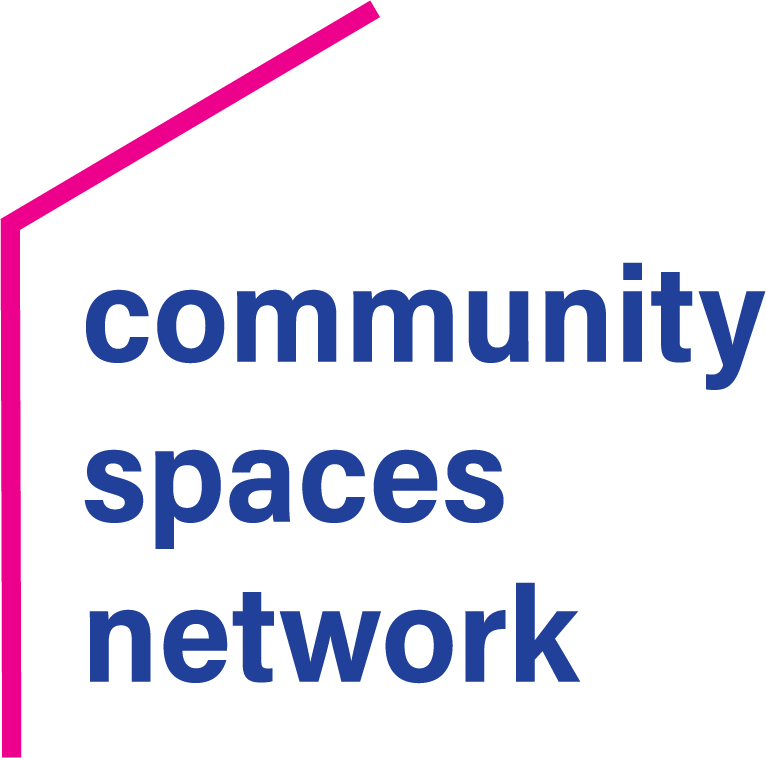For those of us that already live shared space, it is easy to list the benefits for the residing nonprofits and their communities. For those pursuing the concept, you may still be in the process of shopping the idea around and convincing local funders about the variety of benefits: opportunities to increase collaboration, access to quality office and meeting space and basic shared services, a one-stop shop for services, advocacy, and/or community gatherings, and more.
NCN was fortunate to have representatives from three foundations that “get it” as panelists on our most recent webinar, “Can Foundations Lead the Social Purpose Real Estate Movement?” All three foundations championed shared space in their community as an efficient and effective way to support nonprofits, human service organizations, small businesses, and ultimately, their community. They shared their stories from conception to implementation to results, whether that ranged from opening just weeks prior to COVID shelter in place orders to 15 years in operations. Each of these communities – Baltimore, MD, Findlay, OH and Mankato, MN – have truly benefited from these leaders that could see the end goal and the strength of their investment.
In each of these scenarios, they were fortunate that they could easily convince others to financially support the creation of this type of infrastructure. Mankato Area Foundation, however, had to work to convince the nonprofits that they deserved this space, and that quality office space would not interfere with continued funding support by making them look “too good.” For Findlay Hancock Community Foundation, a way to celebrate their 10-year anniversary, create deeper impact and address transportation challenges for those accessing services, was to purchase and renovate a grocery store and create a subsidiary organization to handle real estate specific gifts. T. Rowe Price Foundation’sgoal is to improve financial well-being for entrepreneurs and community members and make financial institutions and infrastructure accessible tools to support social good.
The panel discussion was fruitful and full of lived experiences that could help make the case for new projects to your local funding community. If you missed it, this is just one of the many resources now archived in our member library. Not a member? Join today to tap into the wealth of knowledge and contributions from operating centers that want you to succeed as much as they did.

